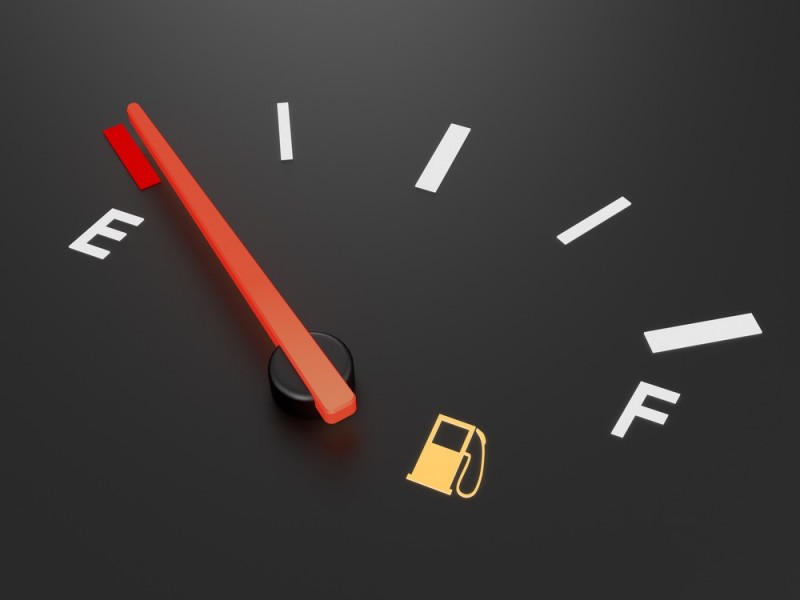Summer Vs. Winter Blend Gasoline
Summer Vs. Winter Blend Gasoline

Every September news outlets in the continental 48 states proclaim the arrival of "winter blend gasoline" that will replace the summer blend for the next roughly 6 months. I've remember hearing this term since at least the early 90's, but I never really stopped to formulate the question: What exactly makes summer blend gasoline different from winter blend? Thankfully our knowledgeable partners at Fix Auto Interbay in Seattle, WA had an answer for us, and it's for more in-depth than we expected.
Beginning in 1989, the EPA has mandated the volatility of gas sold in the summer. This has to do with the vaporization of un-combusted gas and its effect on the environment. High vaporization can lead to smog and ozone in the environment and vapor lock in an engine. This happens much more easily as the temperature rises.
The measure of vaporization is known as the Reid Vapor Pressure, or RVP for short. If the RVP rating for gas is above a rating of 9 pounds per square inch, that gas can only be sold when the outdoor temperature is traditionally lower. This is known as winter blend gasoline. Alternately, lower ratings are produced for summer blends with higher regulations in place where populations are high or yearly temperatures are higher than the national average.
There is some flexibility, though. California has particularly strict regulations that sometimes extend the use of summer blends up to 8 months out of the year. The same is true with Arizona, which stays much hotter in the day from Spring through Autumn.
Summer blends are stabilized through the use of additives, and with those additives comes a cost. To replace the winter blend's more volatile butane additives, summer blends use materials such as alkylates and reformates. These are far more expensive than butane but keep gas stable under extreme temperature conditions.
 The good news is that summer blends are much better performers, though. On average summer blends contain 1.7 percent more energy than winter blends and offer increased fuel economy to boot. It burns cleaner and more through. On the other side winter blends are absolutely necessary in cold conditions where higher volatility is necessary to combust in frigid temperatures.
The good news is that summer blends are much better performers, though. On average summer blends contain 1.7 percent more energy than winter blends and offer increased fuel economy to boot. It burns cleaner and more through. On the other side winter blends are absolutely necessary in cold conditions where higher volatility is necessary to combust in frigid temperatures.
The transition should go by almost unnoticed, as most states make the transition seamless an there's almost no chance that any driver would notice a difference in power in performance. The changes in additives should reflect the needs of a state's vehicles, and there is a ton of number crunching that leads to the switch. Still, the change between summer and winter blends may mean a few less cents per gallon at the pump, which makes us look forward to the Fall even more.
Written By: Todd Hendrickson
Source: Car And Driver Magazine













 The good news is that summer blends are much better performers, though. On average summer blends contain 1.7 percent more energy than winter blends and offer increased fuel economy to boot. It burns cleaner and more through. On the other side winter blends are absolutely necessary in cold conditions where higher volatility is necessary to combust in frigid temperatures.
The good news is that summer blends are much better performers, though. On average summer blends contain 1.7 percent more energy than winter blends and offer increased fuel economy to boot. It burns cleaner and more through. On the other side winter blends are absolutely necessary in cold conditions where higher volatility is necessary to combust in frigid temperatures.
Social